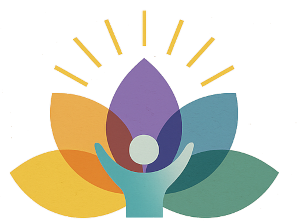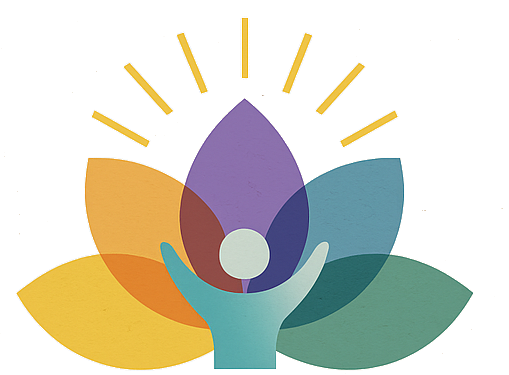Competence in Problem Solving and Critical Thinking
Problem Solving is a skill that is not naturally born in someone – it’s not a “you have it or you don’t”.
Problem Solving is a learned behavior, a learned set of responses to the environment around you.
Anyone can be taught how to become a Problem Solver!
Years ago I taught in a Competency Based, Problem Solving Curriculum in a major University. What I taught is not important. But HOW I taught is. The director of the program believed that every student could learn and use creative thinking and problem solving skills. That, in fact, the Only way to be Competent in any field of work, or professional discipline, was to be great at the Creative Problem Solving Process.
This chart shows the Steps everyone goes through in the creative problem solving process. The people who have mastered the skill of problem solving use these steps so naturally that they probably could not tell you what they were. It was my job at the University to work with students who were failing courses, not because they didn’t know the information, but because they didn’t know how to use the information. That required me to look closely at what was going on in the minds and emotions of problem solvers vs non-problem solvers. I discovered a pattern of thoughts and beliefs that were different between the two groups’ critical thinking skills at each step of the process.
Please take a moment to look at the Flow Chart which highlights the different thinking processes of problem solvers vs. non-problem solvers before we move on.
Look Closely at the above chart and notice that I’ve added a funny little (c) kind of things at the end of each sentence. Those funny little Letters and Numbers signify the Level or Skill of Thinking or Attitude required for Each stage of the Problem Solving Process. Here’s where I’d like to introduce you to Dr Benjamin Bloom. Dr. Bloom was a psychologist in the 1950’s and created a taxonomy to guide teachers in promoting higher forms of thinking in education. He was attempting to guide teaching away from Rote Learning (memorizing and remembering facts), towards educations life skills, like the ability to analyze a situation and then take appropriate action – the ability to problem solve! In 1956, working with a committee, The Three Domains of Learning and accompanying educational activities were defined. Cognitive: mental skills (knowledge) Affective: growth in feelings or emotional areas (attitude or self) Psychomotor: manual or physical skills (skills) Today, Bloom’s Taxonomy is most often used when designing educational, training, and learning processes for both adults and children.
Look Closely at the above chart and notice that I’ve added a funny little (c) kind of things at the end of each sentence. Those funny little Letters and Numbers signify the Level or Skill of Thinking or Attitude required for Each stage of the Problem Solving Process. Here’s where I’d like to introduce you to Dr Benjamin Bloom. Dr. Bloom was a psychologist in the 1950’s and created a taxonomy to guide teachers in promoting higher forms of thinking in education. He was attempting to guide teaching away from Rote Learning (memorizing and remembering facts), towards educations life skills, like the ability to analyze a situation and then take appropriate action – the ability to problem solve! In 1956, working with a committee, The Three Domains of Learning and accompanying educational activities were defined. Cognitive: mental skills (knowledge) Affective: growth in feelings or emotional areas (attitude or self) Psychomotor: manual or physical skills (skills) Today, Bloom’s Taxonomy is most often used when designing educational, training, and learning processes for both adults and children.
The final chart I’m providing looks at the levels of objectives and their progression in relation to Problem Solving. You now have the key to understanding that C1 means knowledge and that C4, analysis, is a more complex skill than just knowing about something. A1 is an attitude of paying attention, while A3 is an attitude of valuing.
If I only give a lecture or provide written information to a person learning a new skill, I can’t expect them to become proficient in that skill. They will require learning experiences that guide them in how to:
Analyze the task to see what the components are
Relate their own values to the values required for the task or job
Open their minds to think in new ways
Stretch their minds to look at relationships of one thing to another differently
Think Creatively and Problem Solve.



